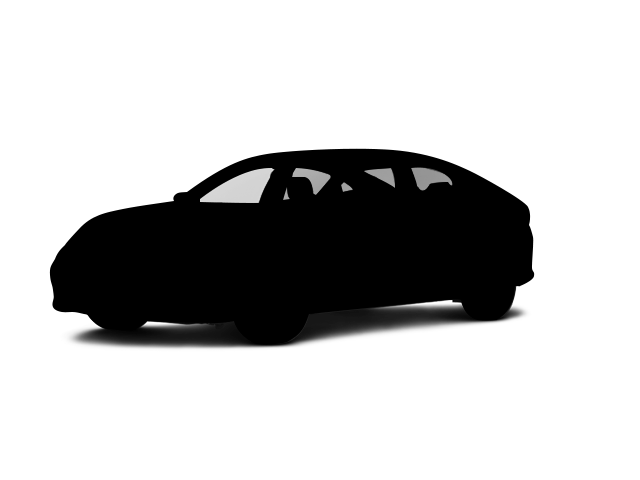The X3 has a standard front seat center airbag, which deploys between the driver and front passenger, protecting them from injuries caused by striking each other in serious side impacts. The Corsair doesn’t offer front seat center airbags.
The X3 has standard Active Head Restraints, which use a specially designed headrest to protect the driver and front passenger from whiplash. During a rear-end collision, the Active Head Restraints system moves the headrests forward to prevent neck and spine injuries. The Corsair doesn’t offer a whiplash protection system.
To provide maximum traction and stability on all roads, All-Wheel Drive is standard on the X3. But it costs extra on the Corsair.
When descending a steep, off-road slope, the X3’s standard Hill Descent Control allows you to creep down safely. The Corsair doesn’t offer Hill Descent Control.
Both the X3 and the Corsair have standard driver and passenger frontal airbags, front side-impact airbags, driver and front passenger knee airbags, side-impact head airbags, four-wheel antilock brakes, traction control, electronic stability systems to prevent skidding, crash mitigating brakes, daytime running lights, lane departure warning systems, blind spot warning systems, rearview cameras, rear cross-path warning and available around view monitors.
The National Highway Traffic Safety Administration does side impact tests on new vehicles. In this test, which crashes the vehicle into a flat barrier at 38.5 MPH and into a post at 20 MPH, results indicate that the BMW X3 is safer than the Lincoln Corsair:
|
|
X3 |
Corsair |
|
|
Front Seat |
|
| STARS |
5 Stars |
5 Stars |
| HIC |
60 |
197 |
| Chest Movement |
.6 inches |
.9 inches |
| Abdominal Force |
148 lbs. |
191 lbs. |
| Hip Force |
214 lbs. |
240 lbs. |
|
|
Into Pole |
|
| STARS |
5 Stars |
5 Stars |
| HIC |
162 |
344 |
New test not comparable to pre-2011 test results. More stars = Better. Lower test results = Better.

